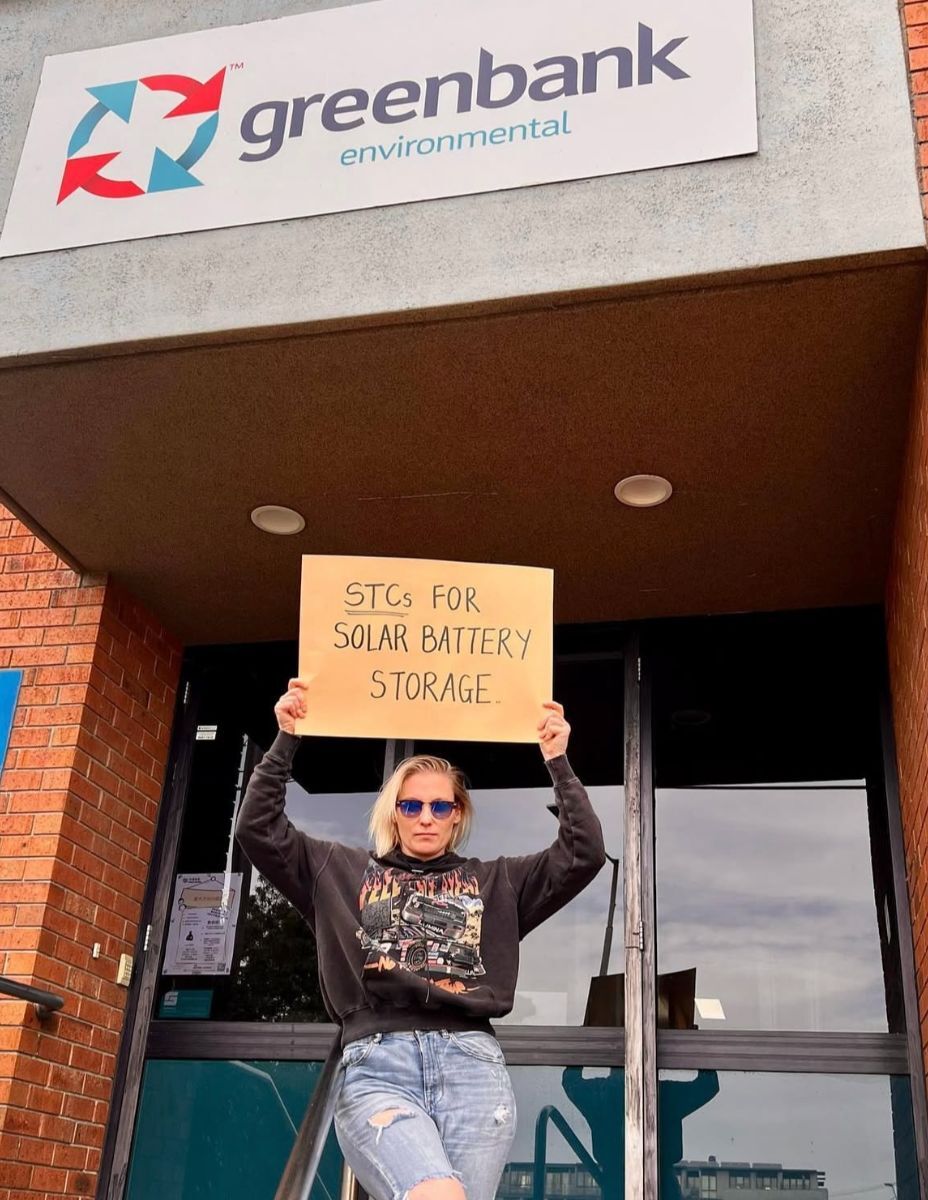Strategy and customised solutions for the Renewable Energy Industry.
Call us now
The Albanese Government has announced a massive new rebate for home solar batteries .
The proposed $2.3 billion Cheaper Home Batteries Program launches from July 1, 2025, offering Australians significant savings on home battery systems and the opportunity to dramatically cut power bills. The initiative provides a $370 per kWh subsidy, saving around 30% on battery system costs. Combined with solar, households could save up to $2,300 annually.
Program Overview
• Available from July 1, 2025
• Systems must be Virtual Power Plant (VPP)–ready
• Battery must not be switched on before July 1
• One claim per site/ household or business
• Minimum capacity: 5kWh
• Maximum under subsidy: 50kWh
• Not means tested
• Must have solar panels installed either existing or new
• Delivered under the current SRES (Small-scale Renewable Energy Scheme)
• Regulated by the Clean Energy Regulator
• COES (Certificate of Electrical Safety) must not be dated before July 1, 2025
• Approx. 9.3 STCs per 1kWh, subject to confirmation and further evaluation
Greenbank are ready - it’s that simple! We were ready three years ago!
Our CEO Ria O'Hehir took the below photo three years ago.

Greenbank will release more details after the Smart Energy Council Conference
– come see us there!
Here’s what we believe may be required for Battery STC claims under the upcoming scheme:
This checklist is subject to change pending CER finalisation. We’ll notify you immediately once confirmed.
✅ Take a tape measure
✅ What is a habitable room - bedroom, lounge, sunroom, inside the home
✅ Battery site risks: add bollards for vehicle protection, ensure BBQs, portable/in-situ gas cylinders at safe distance from battery and in compliance with AS/NZS5139 & AS/NZS3000
✅ Remember to update your installers mobile apps
Before Installation
During Installation
After Installation
So, considering all of these restrictions, where can a battery be installed? The best options are outside of habitable rooms if there is a suitably non-combustible material (see below) between the battery and the habitable room. Other options include, a garage, laundry, or storage room if the appropriate clearances between windows, doors, and appliances are maintained. Ancillary buildings such as a shed could also be used, but care needs to be made when considering distance from the switchboard, cable sizing/voltage drop and the necessary battery clearance values.
Non-Combustible Barriers
Materials deemed suitably non-combustible based on AS 1530.1:
When installing the battery on a wall shared with a habitable room that is made of combustible material (e.g. wood), a non-combustible barrier must be placed between the battery and the wall. This barrier must extend 600mm to each side of the battery and 900mm above the battery even if there is a corner or a roof (so that it wraps around the corner or ceiling). We also recommend adding a non-combustible barrier if the wall is shared with a staircase or main walkway, fore example, near the front door of the house.
For examples of non-combustible barrier installations and other important information, please see the GHD Battery Booster Installation Guide.
Outdoor Installation
Please note, if you are installing a battery outside, care needs to be taken to not install it in direct sunlight. This can either be on the southern wall of the building, beneath eaves, or a fabricated shroud assuming the necessary clearances (900mm from the top) are maintained. Excessive sunlight can bring the battery temperature out of its acceptable range, voiding the warranty and creating a potentially dangerous situation due to thermal runaway of the battery.
The Battery STC Scheme might be stackable with the NSW Peak Reduction Certificates (PRCs). This is contingent on rule changes by the NSW Government.
Currently not eligible.
Call us now